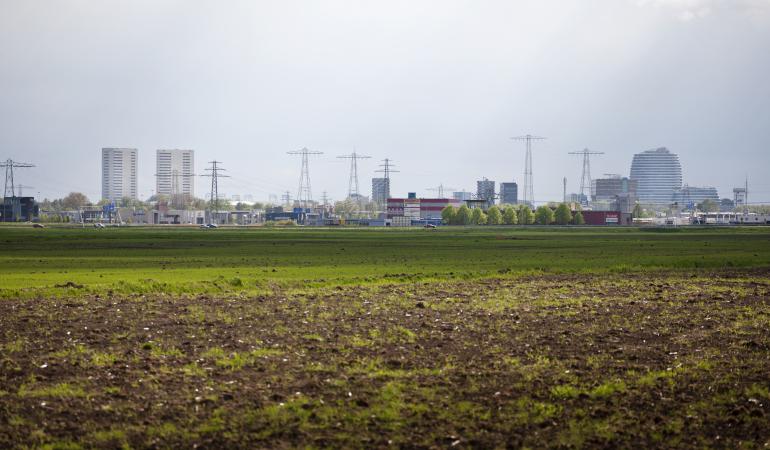
The Dutch government announced its plans for the first steps in tackling the nitrogen deposition issue. RIVM and PBL (Netherlands Environmental Assessment Agency) have recently carried out calculations to provide the ministers concerned with insight into the effects of various measures.
Lowering the maximum speed limit on Dutch motorways reduces the nitrogen deposition in the short term. Additional measures concerning intensive farming will lead to a further reduction in nitrogen in the slightly longer term, starting at the end of 2020. Nitrogen deposition will increase as a result of building plans for housing and infrastructure. In most locations, this increase in deposition due to residential construction projects is smaller than the deposition gain due to speed reduction.
Summary of results
The calculations have taken into account the amount of deposition space generated by the proposed measures and how much deposit space is required to realise housing development. The effect of the nitrogen deposition per Natura 2000 site was calculated. A large number of sources was taken into account, making the calculations time-consuming. It was also necessary to make several assumptions for these measures and construction projects. For example, the average nitrogen deposition per housing project was used.
Therefore, the calculations are generic, and the results should be seen as reliable, but indicative. This means that the results may change slightly for each location if the building plans and measures are worked out in more detail.
The results of the calculations are summarised below. The numbers are expressed in mole of nitrogen per hectare per year (mole N/ha/yr) averaged over all Natura 2000 sites.
Reduction of nitrogen deposition in the short term:
• by generic reduction max. speed to 100 km /h: 1.6 mol N/ha/yr
The need for compensating nitrogen space is nitrogen deposition:
• for residential construction: 0.3 mol N/ha/yr
The picture that emerges from this is that, in general, there seems to be sufficient room for housing development. However, this may be different depending on local implementation.
Other measures were also considered:
- no speed reduction in the evening and night (19.00 - 6.00 hours) reduces the effect of speed reduction by approximately 20% feed measures: reduction in nitrogen deposition by 5.4 moles of N/ha/yrs
- voluntary remediation of pig farms: reduction in nitrogen deposition by 2.6 mol N/ha/yr
- reservation of 30% of the nitrogen deposition reduction per measure, for nature restoration
NB: these are average values, the differences within and between Natura 2000 sites can be substantial.
The calculations were made in a short time period. The figures have therefore been updated in successive presentations.